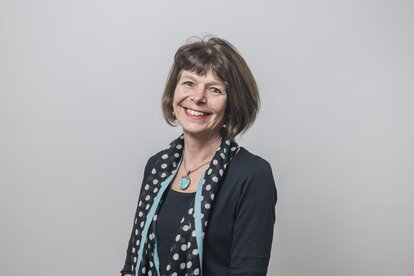It’s always nice to receive positive feedback, and we as an organisation just did so in the form of a letter of appreciation from the Swiss Agency for Cooperation and Development, SDC, for our partnership with them during 2013 – a partnership that is significant both in terms of funding, and in its strategic focus on development priorities. In SDC’s feedback, the integration of gender and social equity into our programmes in a more obvious, crosscutting manner got a special mention – as did (amongst other things) our “capitalisation” of the experiences of the Samriddhi project in Bangladesh.
“Capitalisation” is one of those words that sounds English, but isn’t really – at least, not in the sense intended. What is meant by “capitalisation” here entails reflecting on the activities of a project (or programme) over a substantial period of time, consulting with many different men and women who were involved – especially those who were directly impacted, and pulling together experiences and lessons learned in as objective a manner as possible. One of the “capitalisation” exercises of Samriddhi was on how the project sought to pro-actively include poor and extreme poor women in its activities.
Samriddhi intervenes in value chains in rural areas, using the approach of “Making Markets work for the Poor” (M4P). A few years ago, not only SDC but also other donor agencies using the M4P approach, such as DfID (UK Aid) and Swedish Sida, realised that the main beneficiaries of M4P projects tended to be men. When project designers were asked to analyse value chains to see which ones have the greatest potential to give large numbers of poor households a better income, they didn’t necessarily think about whether or how different interventions would impact differently on women and men. But of course there were differences.
An analysis was launched, many minds brought to bear on the issue, and a manual eventually produced by a UK consultancy firm on how to include women pro-actively. Dubbed WEE, Women’s Economic Empowerment (thus WEE in M4P!) the original manual was rather complicated, so at Helvetas we simplified the findings down to seven “success factors” for ensuring women’s involvement. The “capitalisation” exercise that we conducted under Samriddhi contributed in a large part to identifying these seven points, which are sufficiently general to hold true elsewhere. Here are just two of them.
Consider women from the start! This might seem just too obvious, but actually it has many implications. Generally the value chains with the greatest potential for added income and wider uptake are not ones in which women are heavily involved. In Samriddhi, this meant focusing on backyard chicken and duck rearing, medicinal plants, and garment manufacture/embroidery.
Address the constraints experienced by women. There are many ways in which women may be hindered from undertaking money-making activities due to cultural expectations. For example, women in Bangladesh generally own no or very little land (land is mainly inherited by men), and cannot travel far from home. One idea promoted by Samriddhi was for women to grow medicinal plants along rural roads close to their homes. The municipality owning the roads agreed (actually they gained free roadside maintenance); the herbal medicine company got an increased supply of a quality product; and the women, of course, got a way of making money – selling the leaves through local collection points set up by the company. The scheme has spread widely; it’s not so often that there’s an opportunity for everyone to be a winner.
One can still criticise the relatively small income that the women gain for their labour, but it’s a start. And a start can be all that’s needed. One young woman I met, Nurun Nahar Begum, was full of ideas to make more money. In her non-electrified village, I was particularly struck by her purchase of a solar panel in order to charge her neighbours to recharge their mobile phones (a ubiquitous item in Bangladesh). The secret of Nurun’s success? “I am a good thinker, I can see opportunities and make plans about how to realise them. The second reason is my husband – he’s very supportive, and we always discuss things together.”


